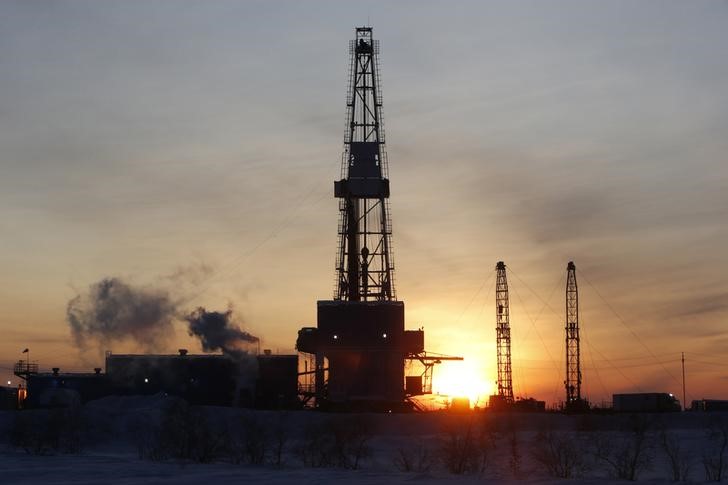(Bloomberg) -- Oil rose as investors assessed a patchwork recovery in energy demand, with signs of a rebound from the pandemic in some countries such as the U.S. mixed with setbacks in parts of Asia where the virus is still rampant.
West Texas Intermediate gained 0.7% on Friday but remains on course for a weekly drop of around 2%, extending April’s pattern of alternating between weekly gains and losses as investors respond to the complex mosaic of signals. Among the latest were evidence of rising U.S. and U.K. gasoline demand, but also a virus wave in India that’s set a record for daily infections.
Oil remains more than 25% higher in 2021, aided by the roll-out of Covid-19 vaccines and vigilant supply management from the Organization of Petroleum Exporting Countries and its allies. But the bulk of crude’s advance came in the first two months of the year, and prices have struggled since. OPEC+ is set to start easing deep supply curbs from May, and the group is expected to hold a full ministerial meeting next week to assess the global state of play.
India reported more than 310,000 new infections Thursday, a global peak, and major cities including Mumbai have curbed activity, undermining energy demand. Japan is facing a rise in cases and a state of emergency will be declared from Sunday to May 11 in Tokyo, Osaka and two other prefectures.
Elsewhere in the region, there’s concern about the potential for a rise in cases and curbs around Ramadan, when millions of people head home to regional towns from urban centers. Southeast Asia’s biggest predominantly Muslim nations Indonesia and Malaysia are tightening movement restrictions to avert a possible surge. The month-long fasting period ends in mid-May.
At present, OPEC+ is planning to add more than 2 million barrels of day in stages over the three months to July, betting that overall demand will be robust enough to absorb the incremental supply. This week, Russia’s Deputy Prime Minister Alexander Novak said that the market looks balanced.
Brent’s prompt timespread was 66 cents a barrel in backwardation, up from 40 cents at the start of April. That’s a bullish pattern, with near-term prices above those further out. So far in 2021, the spread has averaged 39 cents.
©2021 Bloomberg L.P.
